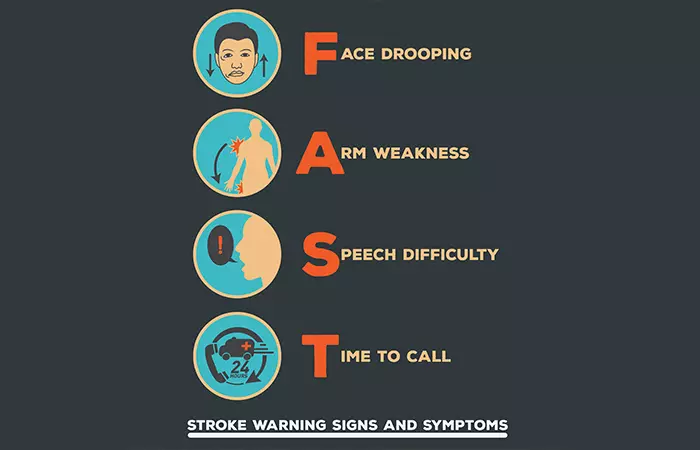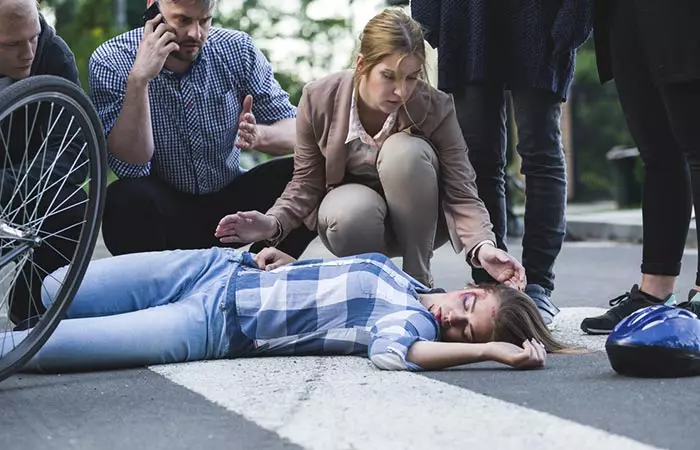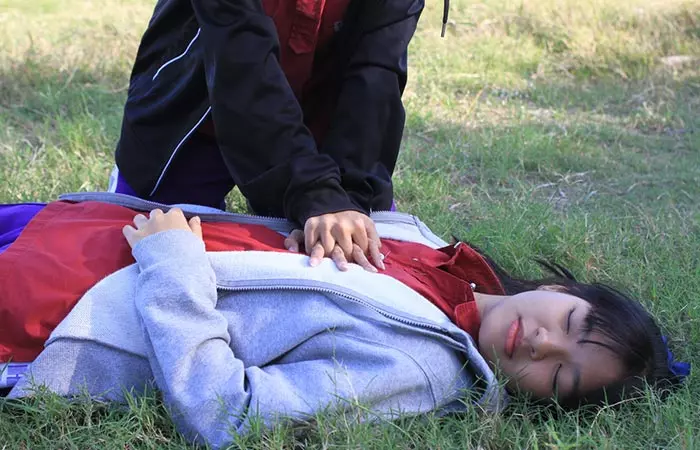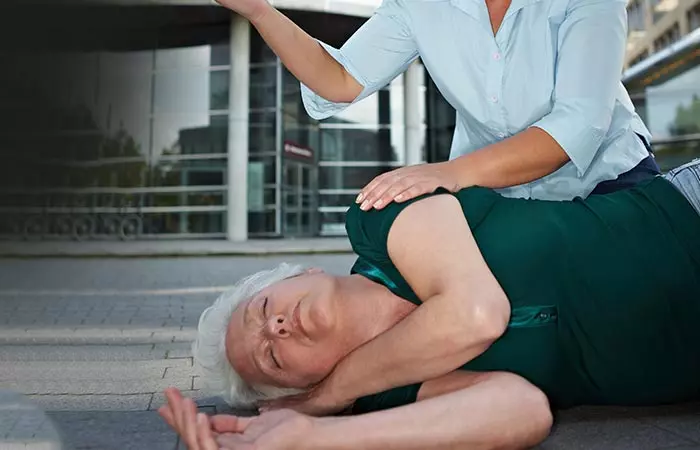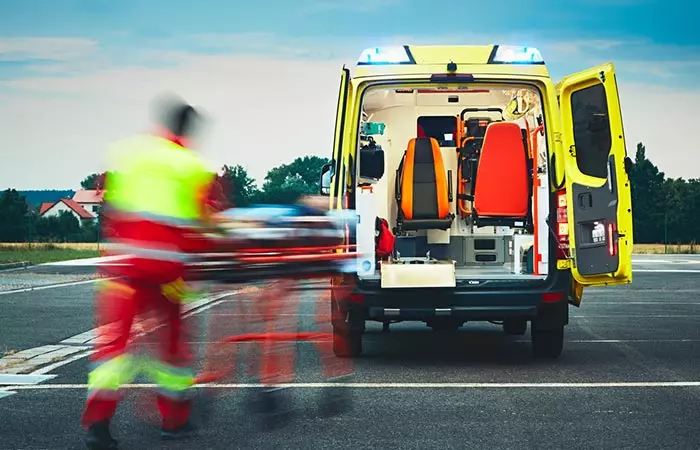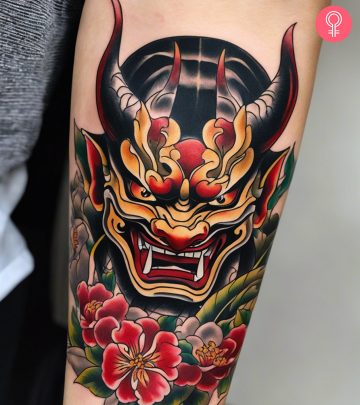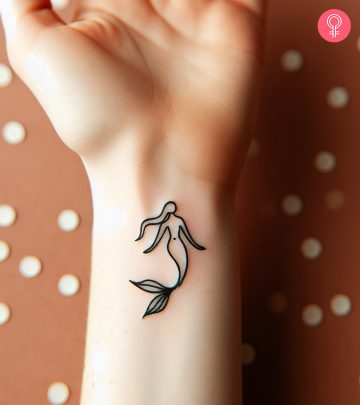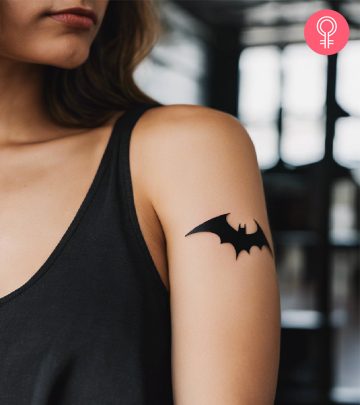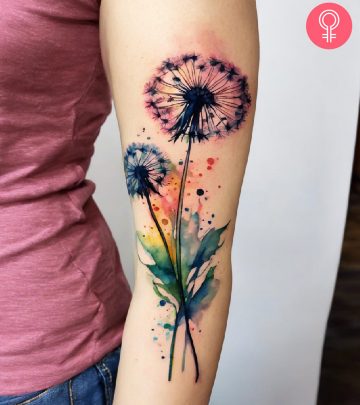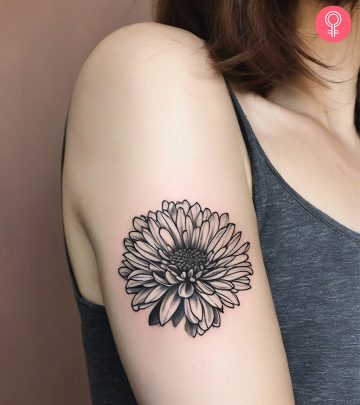3 Things To Do and 3 Things Not To Do If Someone Has A Stroke. P.S. A Stroke Is NOT A Heart Attack!
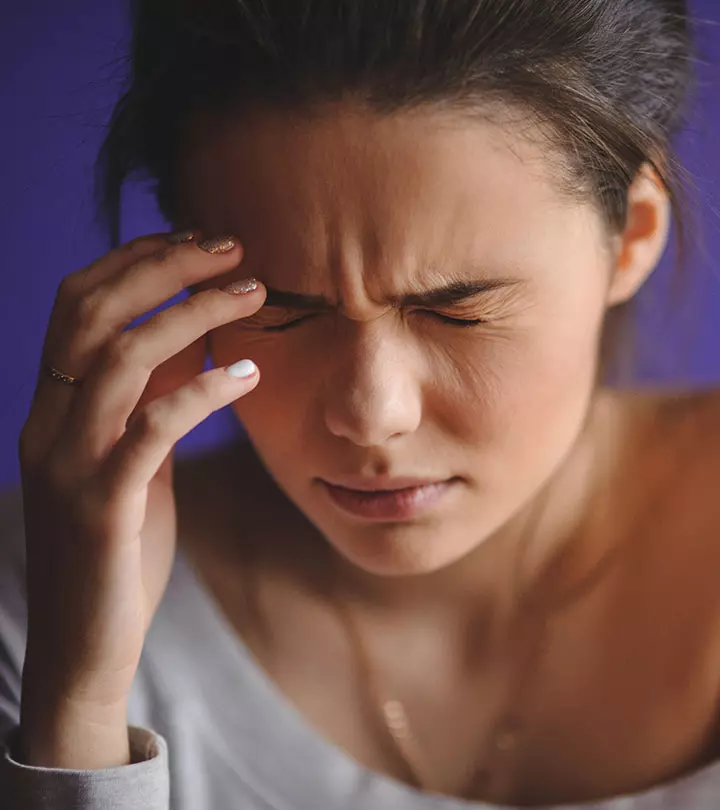
Image: Shutterstock
Strokes are one of the leading causes of death and disability in India. Every year, we have about 1.5 million new stroke cases with more than a third of these patients being rendered permanently disabled (1).
Currently, stroke incidence seems to be declining in the West, but in India, it’s frighteningly on the rise. Yet, most of the population still tends to believe that the word ‘stroke’ is just another fancy medical name for heart attack.
It’s not.
And this misinformation could be the difference between life and death. With a stroke, time is of the essence. Every second counts. But most importantly, it’s what we do in those few critical moments that could potentially save a loved one’s life.
So… A Stroke Is Not A Heart Attack?
No, it’s not.
Both stroke and heart attacks occur suddenly and are considered ‘medical emergencies’. However, their symptoms (for the most part) differ. Heart attacks occur when there is a decrease or abrupt stop in blood flow to a part of the heart. They are often accompanied by chest pain.
Strokes, on the other hand, occur when there is poor blood flow to the brain, which results in the death of brain cells. This is why strokes are often also referred to as ‘brain attacks’.
Ok, But Why Do Strokes Occur?
There are 2 main types of strokes:
When there is a blood clot within one of the brain’s arteries, and it happens to cut off the blood flow to your brain, we call it an ischemic stroke. It occurs due to a lack of blood flow to the brain and is the most common type of stroke.
The other kind is a hemorrhagic stroke, and it occurs due to bleeding in the brain. This is when a blood vessel inside your brain suddenly ruptures, causing blood to leak into the surrounding brain tissue.
The number one risk factor for stroke is having high blood pressure (2). However, obesity, smoking, high blood cholesterol, atrial fibrillation, and diabetes mellitus could also put you at risk of a stroke.
How Do I Spot A Stroke?
In the medical world, there is a simple mnemonic that can help you identify a stroke victim immediately. Just remember to think: FAST. Each letter stands for the main stroke symptoms you should watch out for:
- Face: The face could have drooped to one side, the eyes or mouth may have drooped, or the person is unable to smile.
- Arms: The person will show weakness in one of their arms or an inability to lift both of them.
- Speech: They may be slurring their words or be unable to talk.
- Time: If you’ve noticed any of the above signs or symptoms, it’s time to call the ambulance (India dial: 102).
Other possible symptoms to watch out for are:
- Blurred vision
- Severe, blinding headache
- Dizziness
- Confusion
- Problems with balancing or coordination
- Difficulty in understanding what others are saying
- Difficulty in swallowing
- Loss of consciousness
3 Things To Do When Someone Suffers A Stroke
1. Call For An Ambulance (Dial 102) Immediately
The most vital thing is to call for an ambulance as quickly as possible.
According to most doctors, family and friends of stroke patients have the hardest time trying to recognize the symptoms of a stroke. If you do notice any of the above-mentioned FAST symptoms, dial for an ambulance at once. Let the operator know you think your loved one is having a stroke.
2. Jot Down The Time You First Spotted The Symptoms
A medication called tissue plasminogen activator (or tPA) can be administered to stroke patients. It can bust clots and potentially stop or actually reverse stroke symptoms. But this medication can only be given in the first 4.5 hours from the onset of the symptoms.
Hence, it is extremely helpful if you jot down the time at which you first notice the stroke symptoms arise as this could help the emergency staff make quicker and more informed decisions regarding treatment options.
3. If Necessary, Perform CPR
In a majority of cases, stroke patients will not need CPR.
However, if your family member or friend happens to be unconscious when you find them, check their breathing and pulse. If you don’t find any, begin CPR as you wait for the ambulance.
If you don’t know how to perform CPR, you can ask the emergency dispatcher to guide you.
3 Things Not To Do When Someone Suffers A Stroke
1. Allow The Person To Fall Asleep Or Convince You Not To Call An Ambulance
Most stroke patients complain about suddenly feeling tremendously sleepy when the stroke first occurs. But doctors advise against this.
The medication given to stroke survivors is extremely time sensitive. Hence, the patient shouldn’t delay time in napping or waiting to call their family doctor a day later. It is vital they are brought to an emergency room at once.
Also, no matter how hard they insist you avoid taking them to the hospital, hold your ground.
2. Give Them Any Medication, Drinks Or Food
80% of strokes are usually of the ischemic variety (read: lack of blood flow). However, if your stroke happens to fall in that 20% hemorrhagic (read: bleeding) statistic, taking an aspirin could make things worse.
The problem is, you can’t really know for sure what you have until you get a CAT scan done in the emergency room. Hence, for safety reasons, it’s best if you avoid giving the suspected stroke patient any drugs.
Also, while waiting for the ambulance, avoid giving them anything to eat or drink as sometimes, a stroke can affect a person’s ability to swallow, which may lead to them choking.
3. Rush To The Hospital By Yourself
It may seem prudent to drive the stroke patient to the closest emergency room by yourself. However, if the stroke victim is severely affected, doctors suggest it’s best to go with an ambulance.
According to the CDC (Centers for Disease Control and Prevention), emergency responders who arrive with the ambulance can begin life-saving treatment on the way to the hospital. If you are the stroke victim, it is possible your symptoms may exacerbate and suddenly impair your driving abilities.
In an emergency medical situation, always remember to stay calm while you await the ambulance. Just by memorizing the FAST symptoms and calling an ambulance on time, you could potentially save a life.



